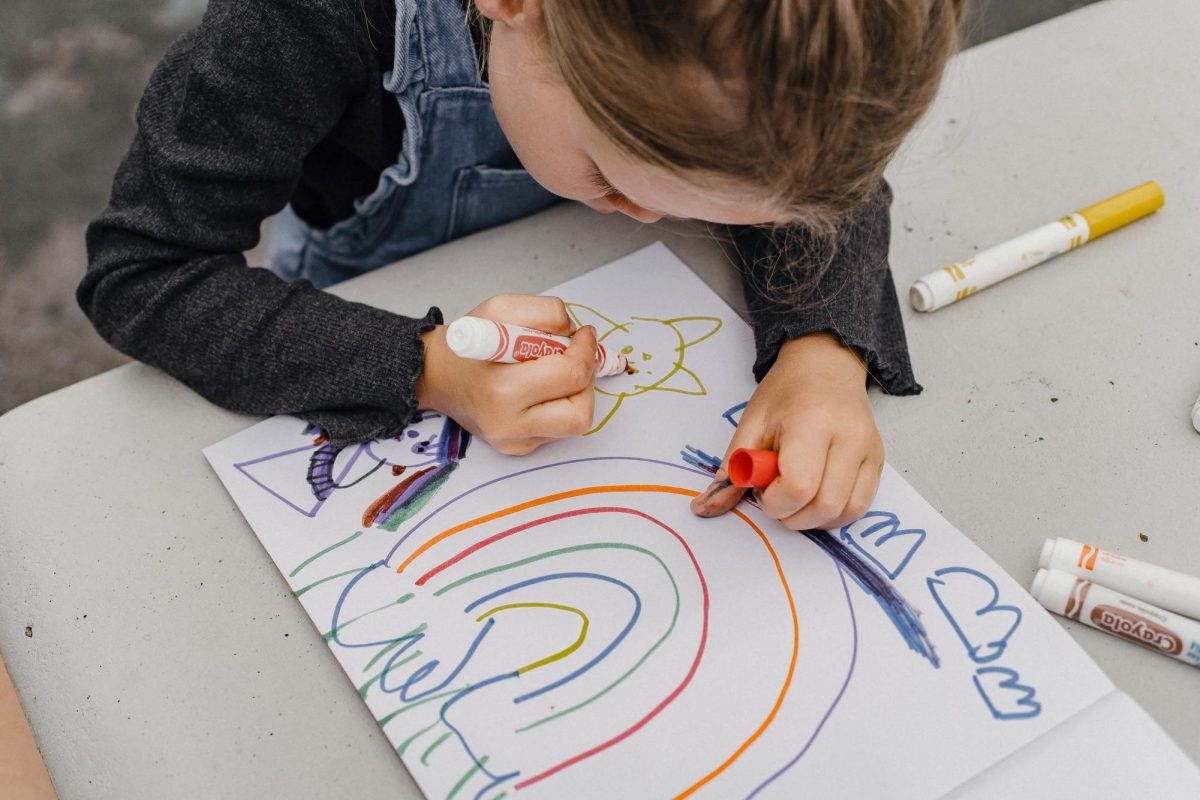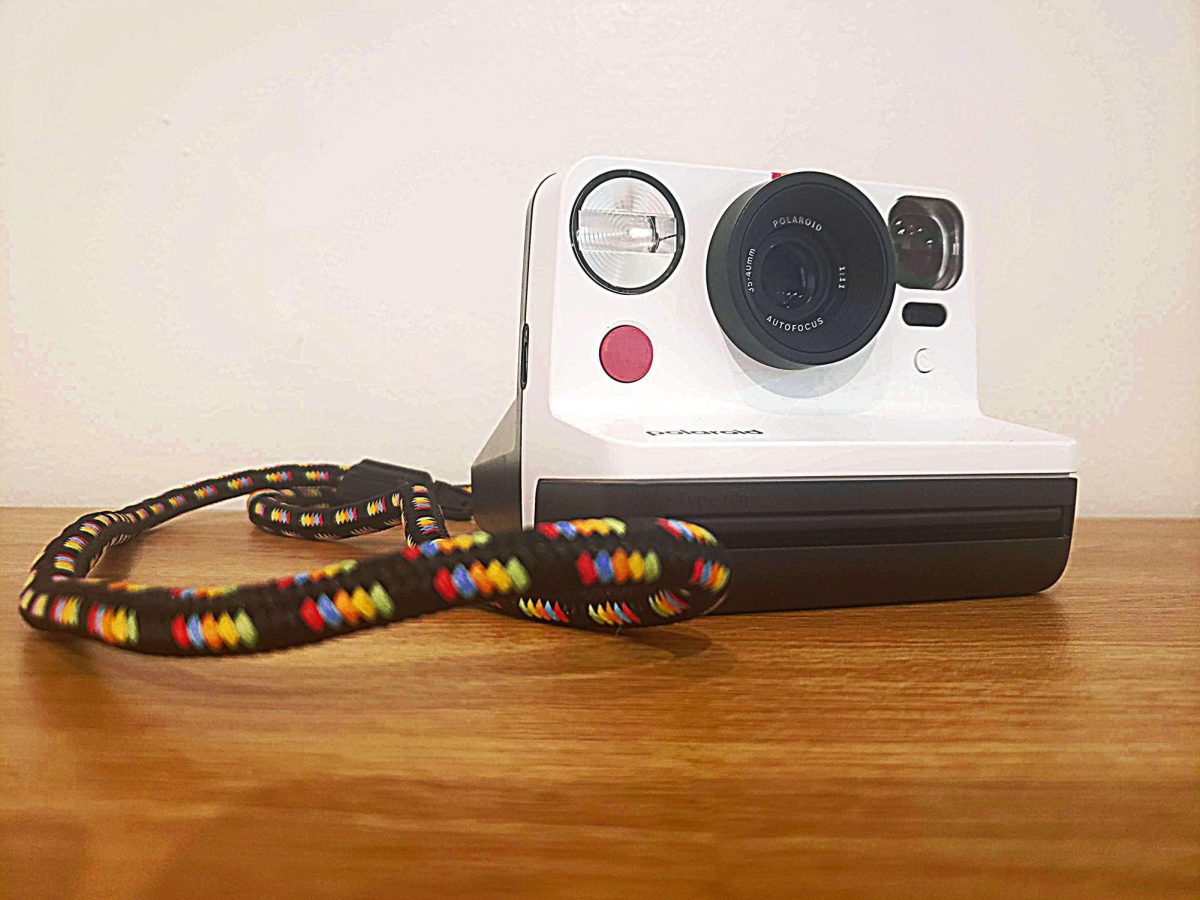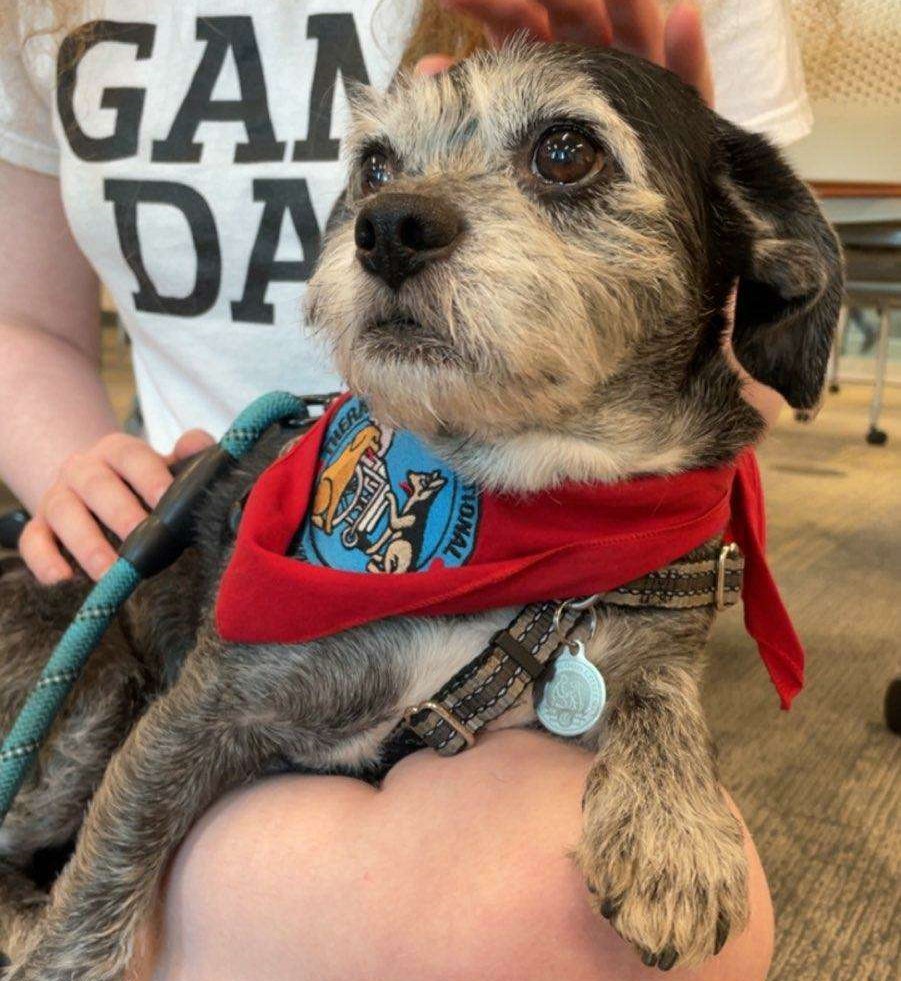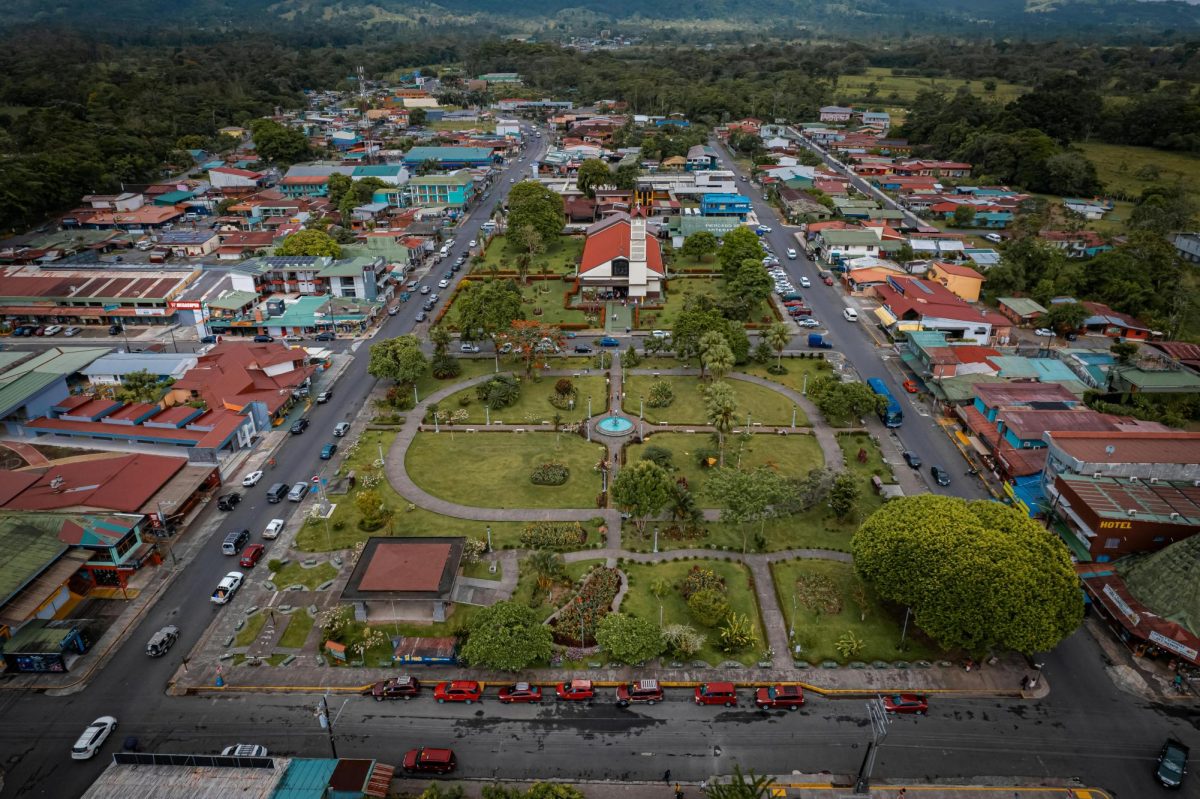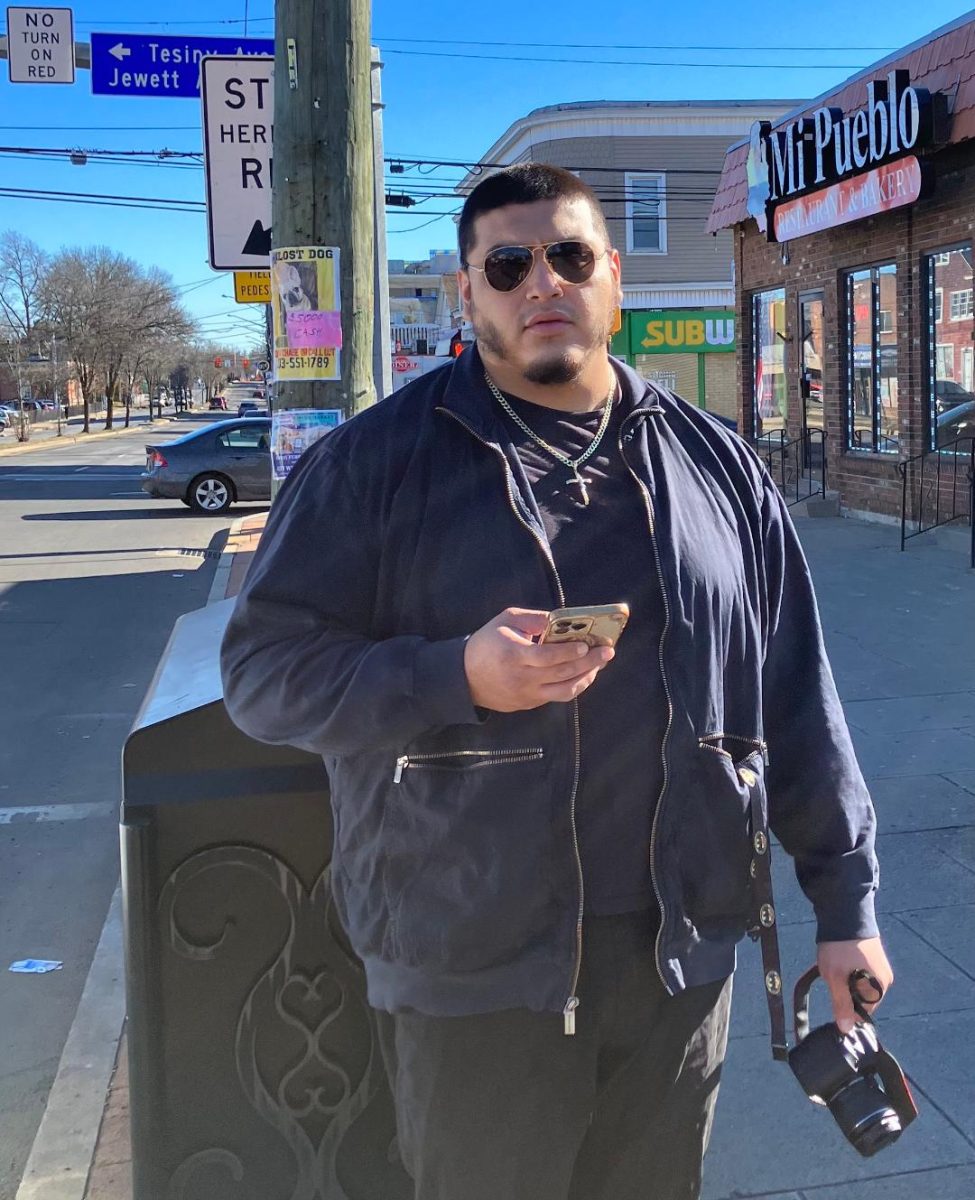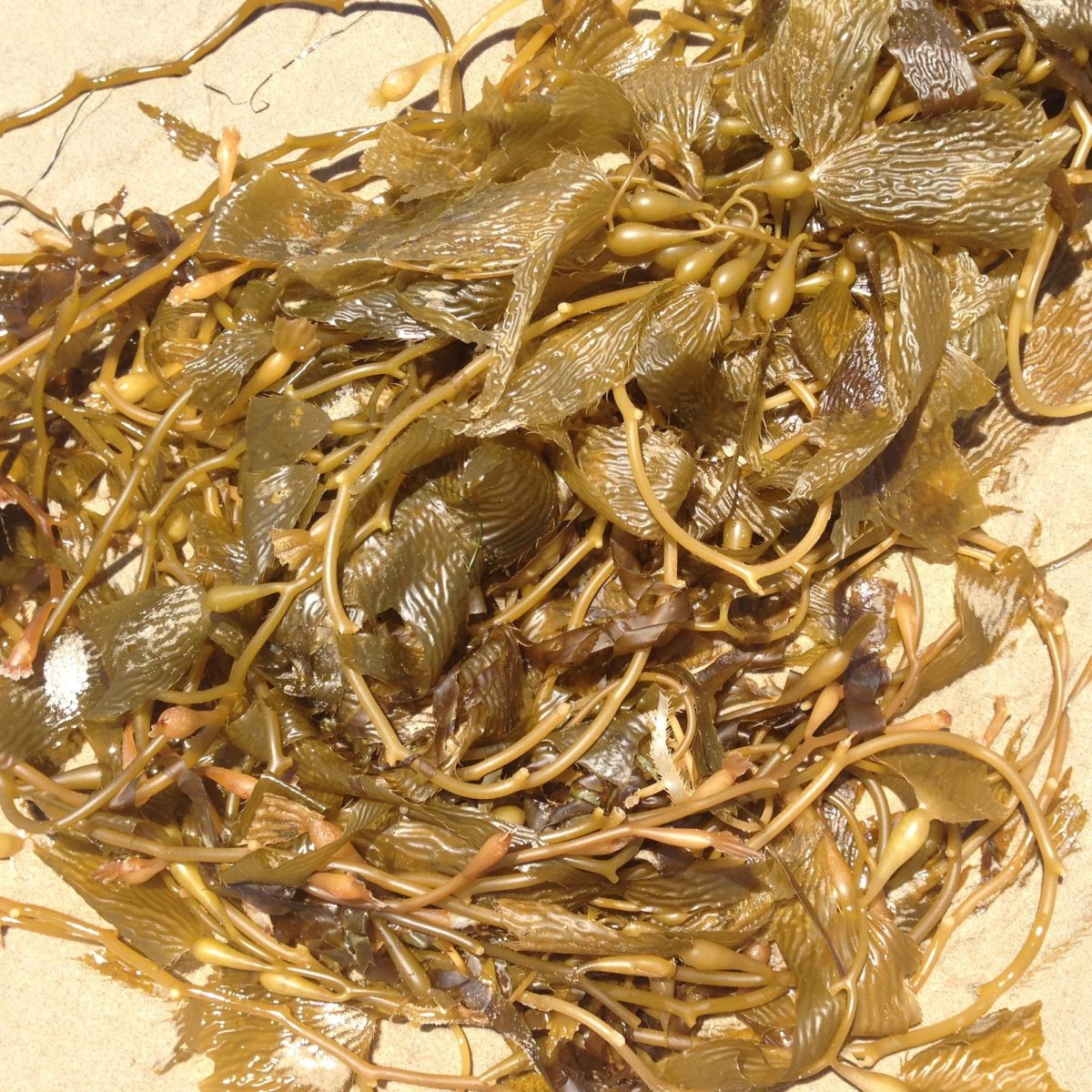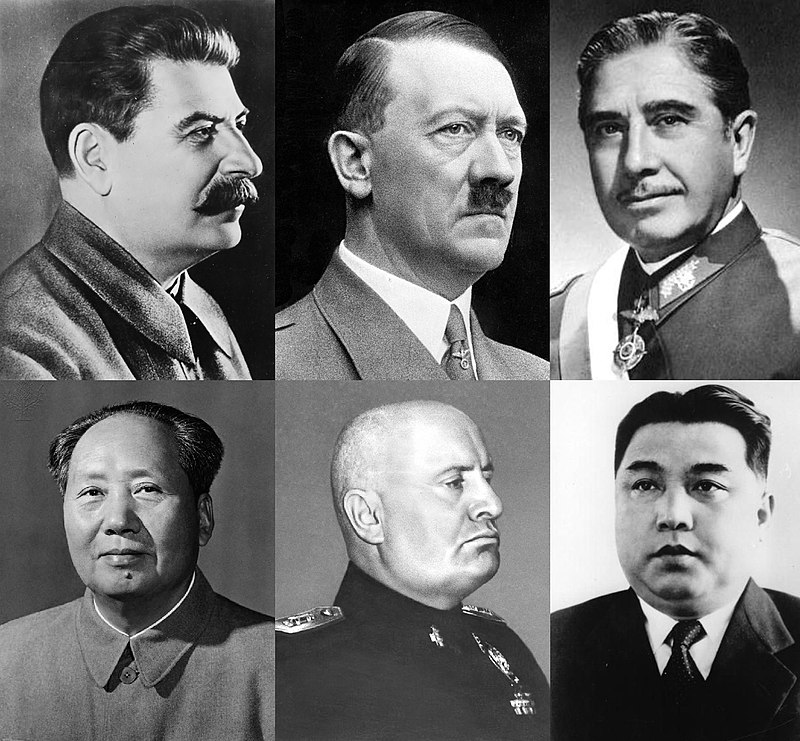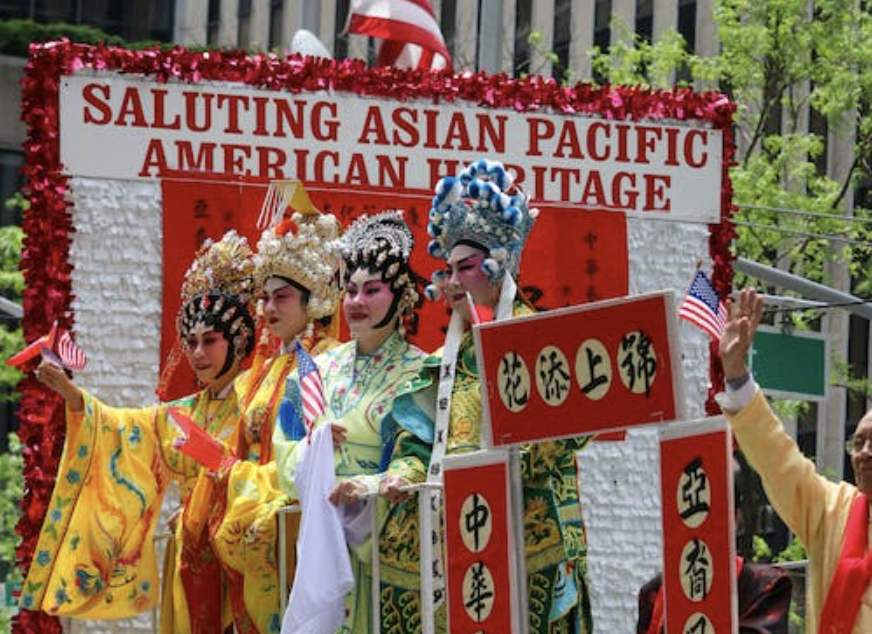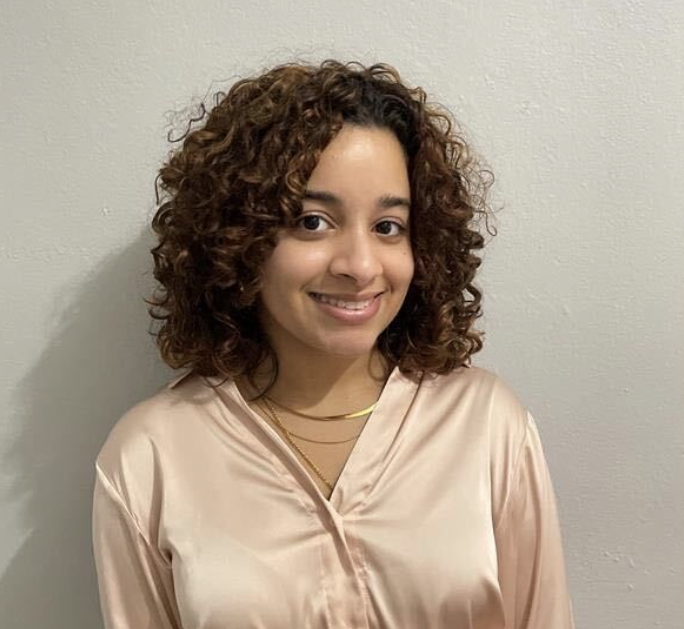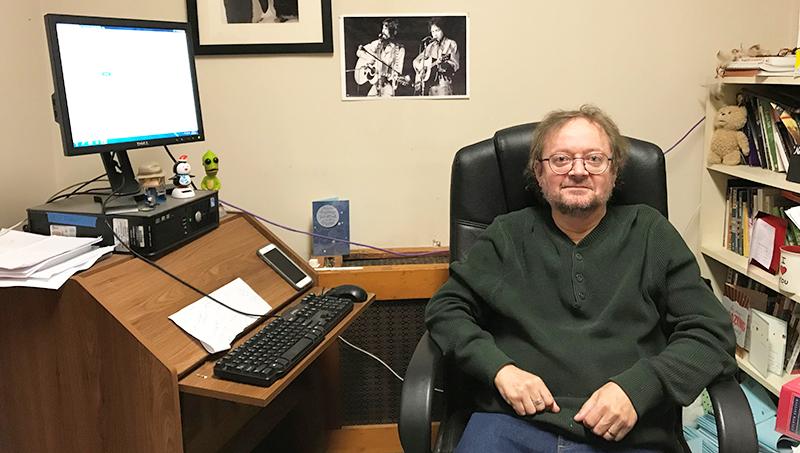Asian American and Pacific Islander (AAPI) Heritage Month is a national observance of the contributions, achievements and influence that the AAPI community has had on United States (U.S) history and culture. While this month is typically celebrated in May, the university kicked off its celebration of AAPI Heritage Month at the beginning of April. As graduation and the end of classes will occur in May, the university wants to ensure that a whole month is dedicated to the celebration.
An Incendio Dance Project showcase occurred on April 1 to kick off AAPI Heritage Month, followed by a Charger K-pop Dance Crew Showcase on April 2, and an official AAPI Kickoff event on April 3. The Asian American Student Union (AASU) recently hosted their annual Pop-Up Shop event with many other campus events in honor of AAPI Heritage Month soon to follow.
As the university celebrates another year commemorating the AAPI community, it is important to note that there was not always an AAPI Heritage Month, let alone the term “AAPI.” Rather, the term “Asian American” is only about 55 years old while AAPI Heritage Month is only about 32 years old. It is during this month that we celebrate the activists who fought for many years for radical change among other notable members of the AAPI community who left an impact on history.
The term “Asian American” was a radical term coined in 1968 by Emma Gee and Yuji Ichioka, two Asian American activists from the University of California Berkeley. Their goal was to unite the different populations of people who were of “Asian descent” in solidarity to draw attention to the community of Asian activists. Before the coining of this term, most Asian people would either be referred to by their specific ethnicity or by the derogatory term “oriental,” a word with racist and offensive Euro-centric connotations. Gee and Ichioka’s group was therefore named the Asian American Political Alliance (AAPA) and the term “Asian American” became one of empowerment.
It was during this period that the AAPA came together with the Black Power Movement, the American Indian Movement and other anti-war movements in the fight for civil rights. Asian Americans came together in solidarity to speak out about struggles that were specific to the overarching Asian community. One of these most prominent activists was Yuri Kochiyama, who fought in multiple civil rights movements including the Third World movements for human and civil rights, the Young Lords and the Harlem Community for Self Defense. Kochiyama was also the founder of Asian Americans for Action. Having been forced into an American concentration camp after the unjust death of her father, Kochiyama would make a name for herself as a relentless advocate for social change. She also notably became a close friend of Malcolm X and influenced many of his ideologies.
Having been approached by a former congressional staffer concerning the idea of a celebration of the AAPI community, former Rep. Frank Horton (R-N.Y.) collaborated with former Rep. Norman Y. Mineta (D-Calif.) to introduce a resolution to the House of Representatives. This resolution proclaims that the first 10 days of May would be “Asian Pacific Heritage Week.” This month not only commemorated the completion of the transcontinental railroad on May 10, 1869 since many of the workers on the tracks were Chinese immigrants, but also the arrival of the first Japanese immigrants to the U.S. on May 7, 1843. The joint resolution was signed by President Jimmy Carter in 1978, until President George H. W. Bush extended this commemoration to a month in 1991. This gave birth to Asian American and Pacific Islander Heritage Month.
There are several ways you can celebrate AAPI Heritage Month this April and May. You can take an opportunity to educate yourself as you look into any of the estimated 50 distinct ethnicities or any of the 100 languages spoken that make up the greater AAPI community. Perhaps you can also explore AAPI media through watching any number of Asian-created movies and shows. Some notable recommendations are “Crazy Rich Asians,” “Train to Busan” and “Parasite.” Exploring your local museum may also allow you to see other forms of art such as paintings and sculptures, or pick a local restaurant and try a different cuisine. One of the best ways to support the AAPI community during this month is to stand in solidarity with them. Whether you volunteer at local AAPI organizations or attend campus events, the university can come together to celebrate the achievements and history of the AAPI community.






